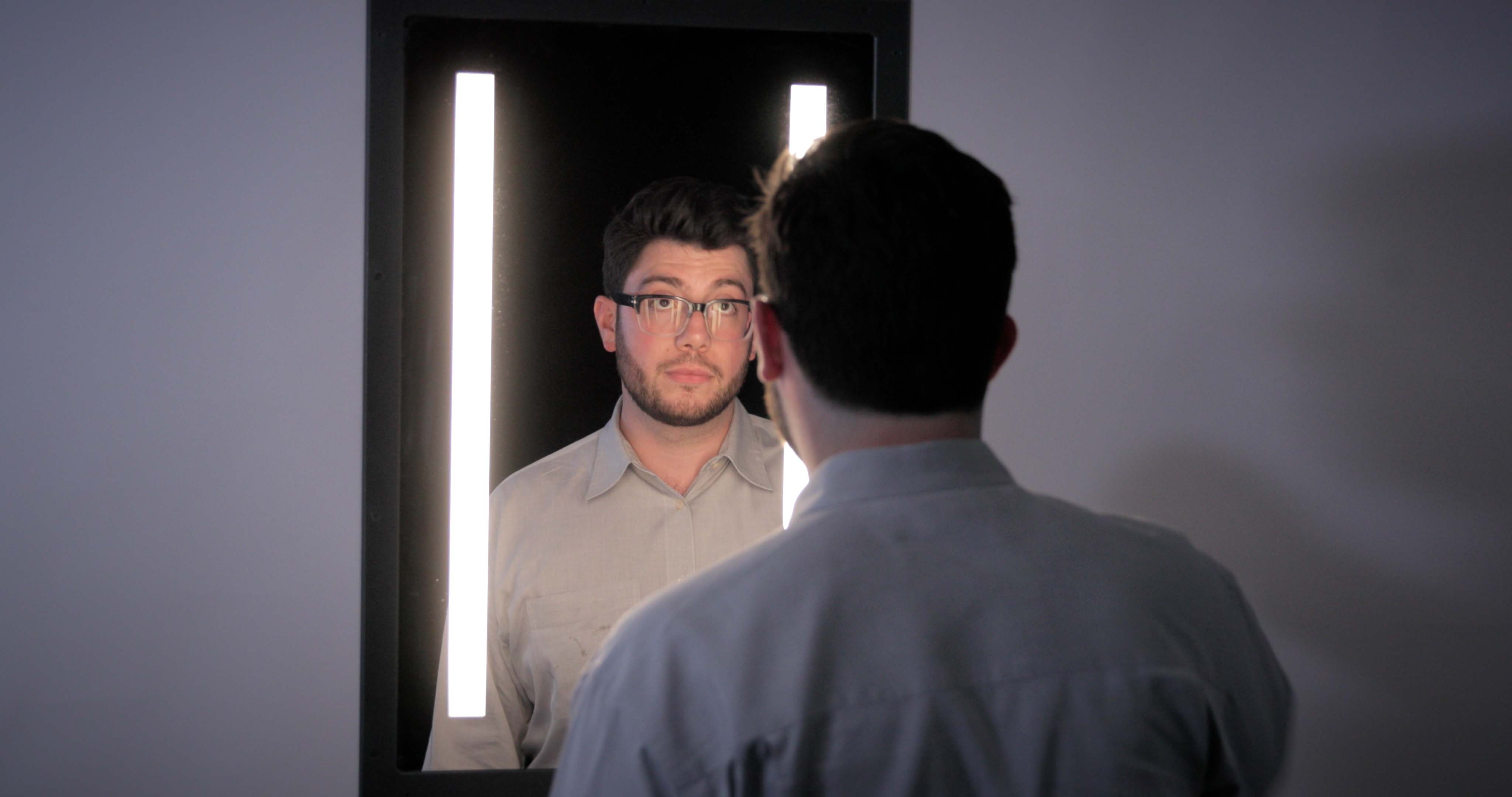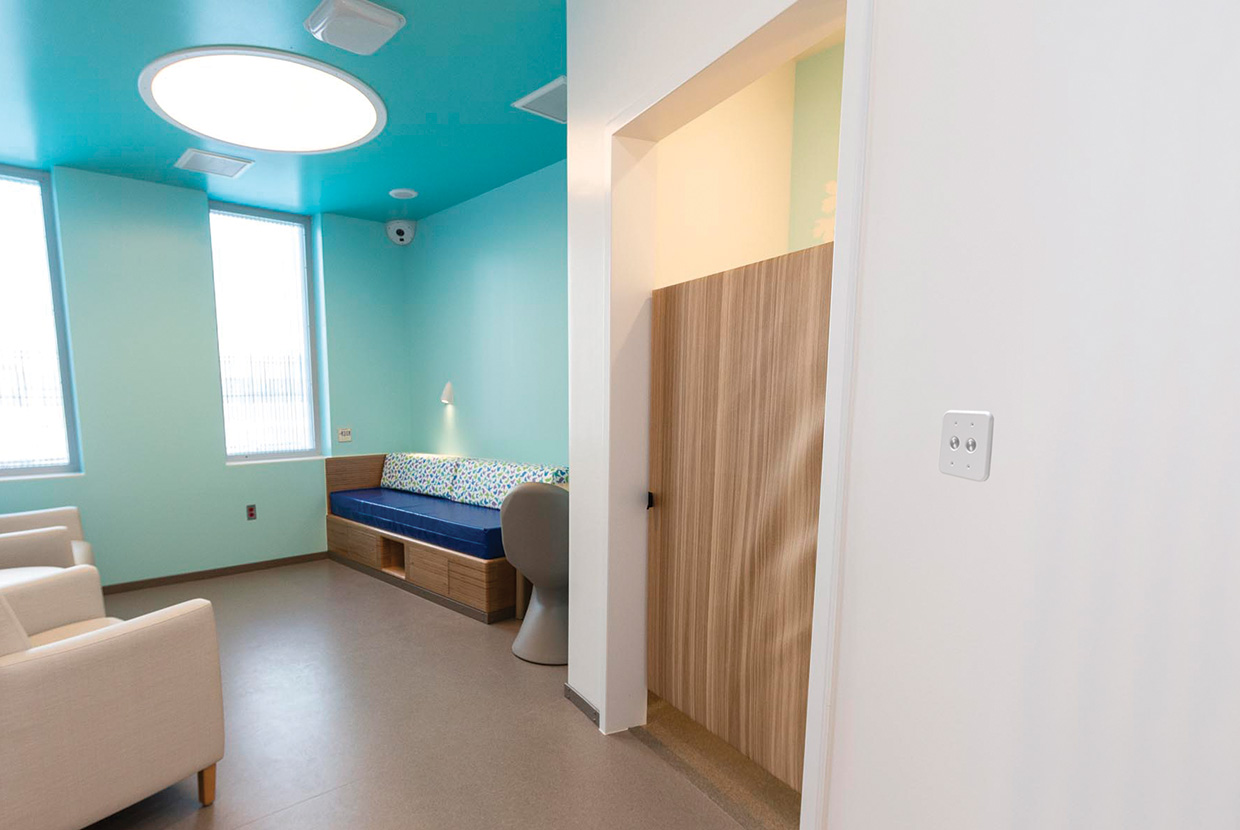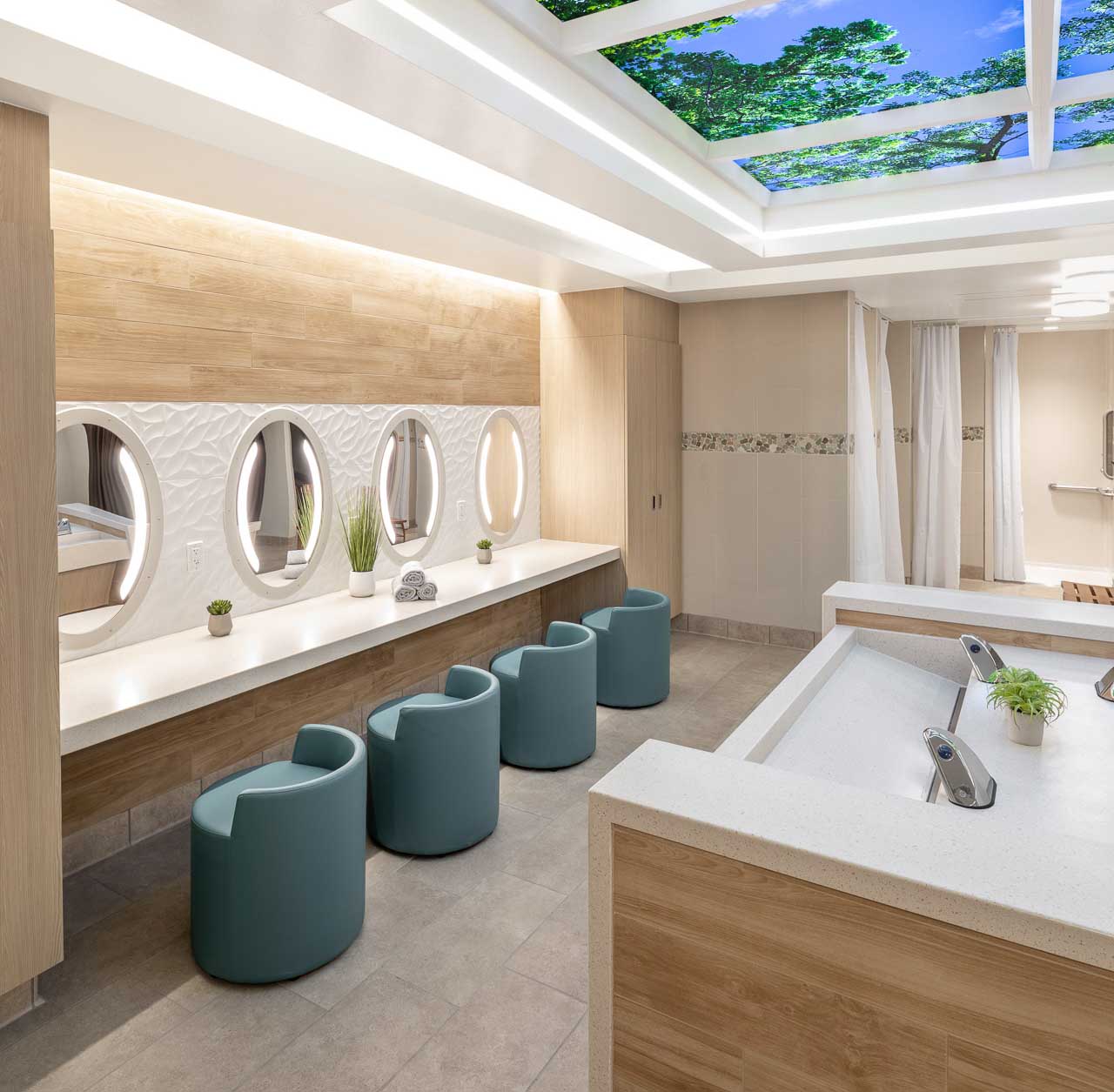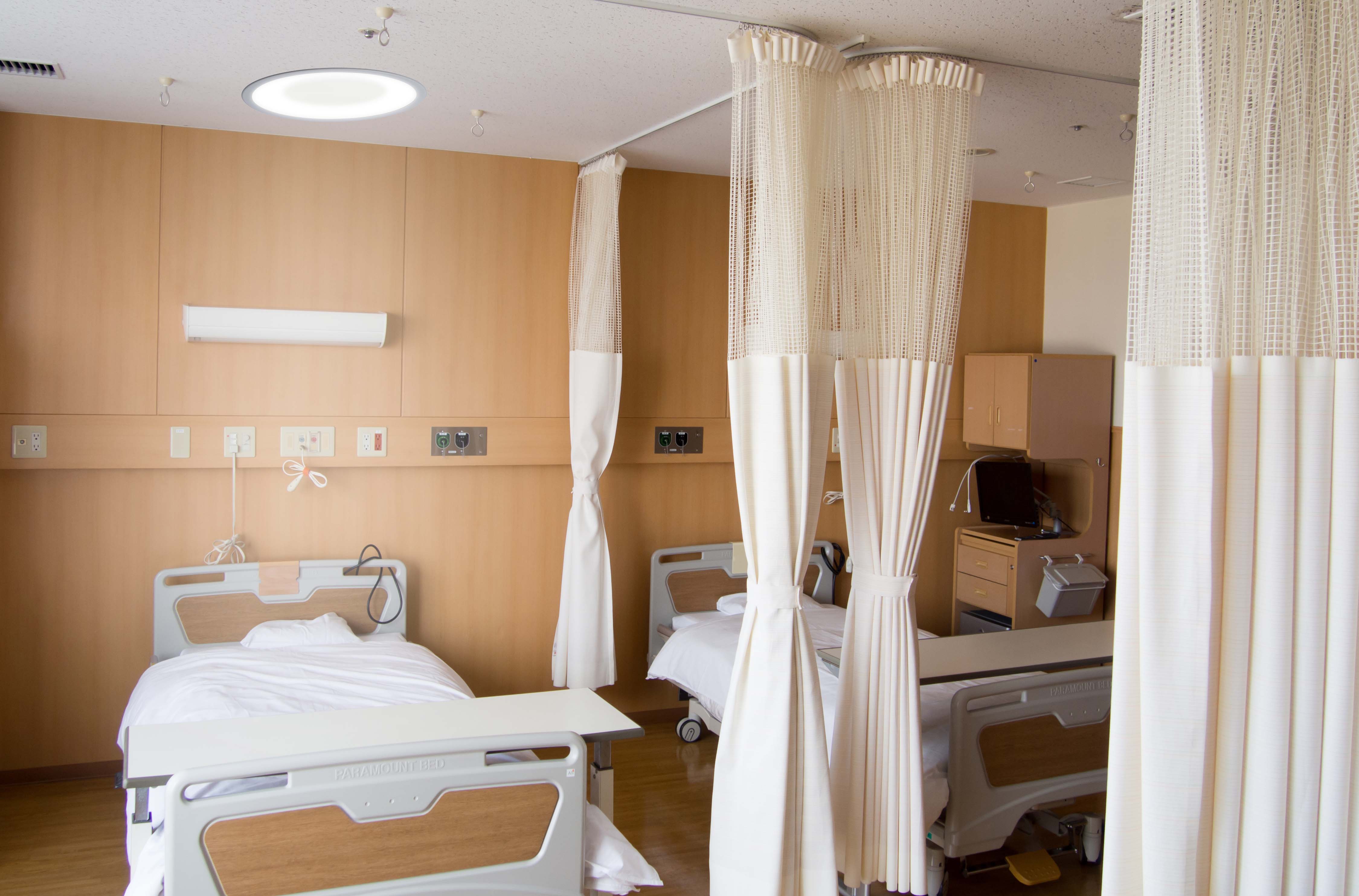Blog
Humanizing Behavioral Health Spaces Through Lighting Solutions

In behavioral healthcare, fostering an environment that prioritizes comfort, autonomy, and safety is essential. Behavioral healthcare spaces of the past were built with a sterile, institutional feel lacking any welcoming warmth. However, healthcare trends have shifted towards more welcoming, calming spaces that minimize stigma. Healthcare facilities are adopting more humanized milieus that prioritize individual needs where patients can feel more comfortable and heal more effectively.
One key aspect of this shift is the growing recognition of how lighting influences the perception of environments and can impact patients’ emotional well-being during recovery and healing.
The Balance Between Autonomy and Safety in Behavioral Spaces
Improving a Patient’s sense of independence and autonomy is an important modality for promoting self-soothing and creating more human-centered Behavioral Health spaces. Every patient has different needs and sensitivities. Whether it’s a low-acuity patient needing a calming environment, or a high-acuity patient in crisis, the space should support their mental health and reduce environment-induced challenges. Lighting that enhances a space’s functionality without triggering stress or discomfort is crucial in mental healthcare settings. There are not any single lighting settings that satisfy the wide array of patient needs, which is why it’s important to have options to control the lighting intensity and spectrum in certain environments that can be easily adjusted in a moment.

When possible, a patient should have some control over the lighting in the space where they spend their time. While the staff encourages patients to be out of their rooms throughout the day in therapy or to socialize, sometimes patients need to spend time alone in their rooms. LIBERTY Switches from Visa Lighting can be an option that will permit the patient to control their lighting while maintaining safety measures. The ability to control the lighting in the patient room empowers patients to personalize their environment, giving them back some control and allowing them to feel safer and more comfortable. These switch assemblies consist of impact-resistant stainless steel low-voltage switches recessed into machined aluminum wall plates. The Liberty switch assemblies are IP65 rated and have an IK10+ impact rating to reduce the risk of ligature and harm from broken or detached components.
Biophilic Design and the Importance of Natural Elements
An emerging trend in healthcare design is biophilic design. Focusing on cultivating a human connection to nature from within the built environment. While the science behind biophilic design is still evolving, the intuitive understanding is clear: bringing nature indoors helps improve patient well-being.
For healthcare settings where access to windows may be limited, circadian lighting plays a crucial role in supporting patients' natural sleep-wake cycles. Successful lighting for circadian stimulus and entrainment requires careful consideration of many variables and its importance in settings where patients are isolated or without access to natural light cannot be overstated.
By changing the intensity and spectral distribution of the lighting to mimic the natural progression of daylight, healthcare spaces can become better aligned with patients’ natural circadian rhythms and help improve their overall mood and well-being.

Addressing Staff Burnout
In addition to improving patient experience, healthcare facilities are striving to reduce the burden on staff and improve the retention of healthcare personnel. With staffing shortages and escalating burnout, mental healthcare environments must also provide support and safety for these crucial individuals as they work to serve the patient population.
Safe and intuitive lighting controls that allow patients to adjust the lighting in their rooms without needing to call a clinician or staff worker not only empower patients but also help alleviate some of the pressure on healthcare workers.
Designing Spaces for Crisis Management

Patients experiencing a mental health emergency often arrive at the doors of emergency departments. However, not all hospitals are effectively equipped to handle this situation. Welcoming, safe, and calming behavioral health spaces within the emergency department can better equip ER staff to treat patients experiencing a wide array of mental and physical symptoms.
For example, having a space that is built to the safety standards of a behavioral health patient room, yet is warm and comfortable, can greatly improve patient outcomes. The lighting, interior design, and overall environment play a huge role in calming the patient and keeping them safe. Many of these considerations are in stark contrast to the harsh, often overwhelming environments found in traditional emergency departments around the country.
The Future of Behavioral Healthcare Design
Fortunately, behavioral healthcare design will continue evolving to meet the needs of diverse patient populations. The focus is shifting from institutional, unpleasant spaces to environments that prioritize comfort, autonomy, and safety. This is a huge win for patients, visitors, and staff alike.
Trends such as circadian lighting, biophilic design, and patient-controlled lighting will be studied further and certainly gain traction. We expect to see more hospitals and healthcare settings embracing these human-centered principles in support of healing and well-being for all.
Explore Visa Lighting's Healthcare Lighting page here to learn more about our innovative lighting solutions tailored for healthcare environments. https://www.visalighting.com/healthcare-lighting
